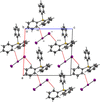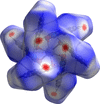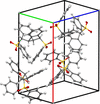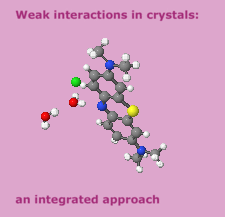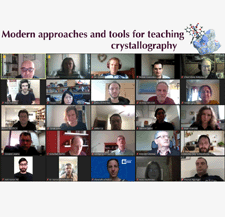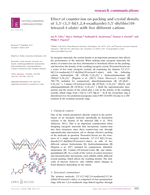issue contents
February 2025 issue
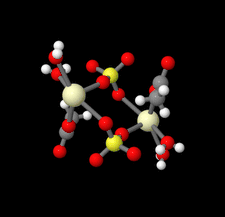
Cover illustration: The synthesis and characterization of new coordination polymers (CPs) and metal-organic frameworks (MOFs) continue to be of great interest due to their demonstrated properties and their potential use in many applications. Their preparation usually involves solvothermal methods of synthesis exploring different conditions such as different reactants, concentrations, solvents, pH, among other variables. To explore such complex landscape, high-throughput approaches have been designed to identify synthetic and structural trends. However, perhaps more often than it is acknowledged, unexpected compounds result from such extreme synthetic conditions requiring the expertise of the synthetic and structural chemist to properly identify the source of the ‘unexpected’ compound. This is the case presented by Ruser, Näther and Stock [Acta Cryst. (2025). E81, 104–108] where the CeIII compound obtained did not incorporate the desired 2,5-thiophenedicarboxylate. Instead, a CeIII acetate sulfate hydrate was produced in very low yield. The formation of this material is attributed to reaction with the peroxymonosulfuric acid used to treat the Teflon vial used in the reaction. The structure displays CeIII cations coordinated by acetates and water molecules to form chains of CeO9 polyhedra, further connected by sulfate anions to produce layers. Intra- and interlayer O—H⋯O hydrogen bonds provide additional connectivity.
research communications





































 journal menu
journal menu
















